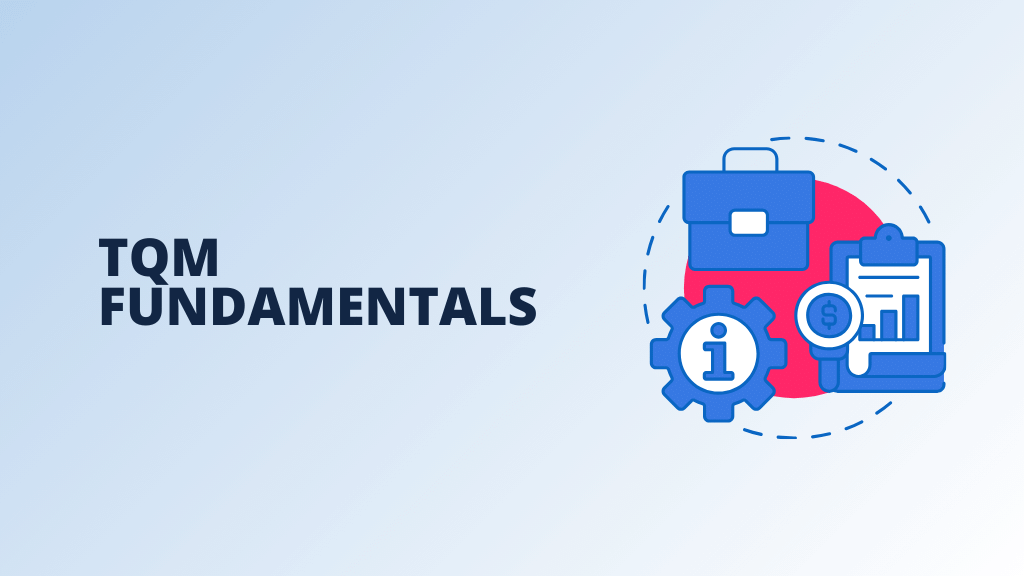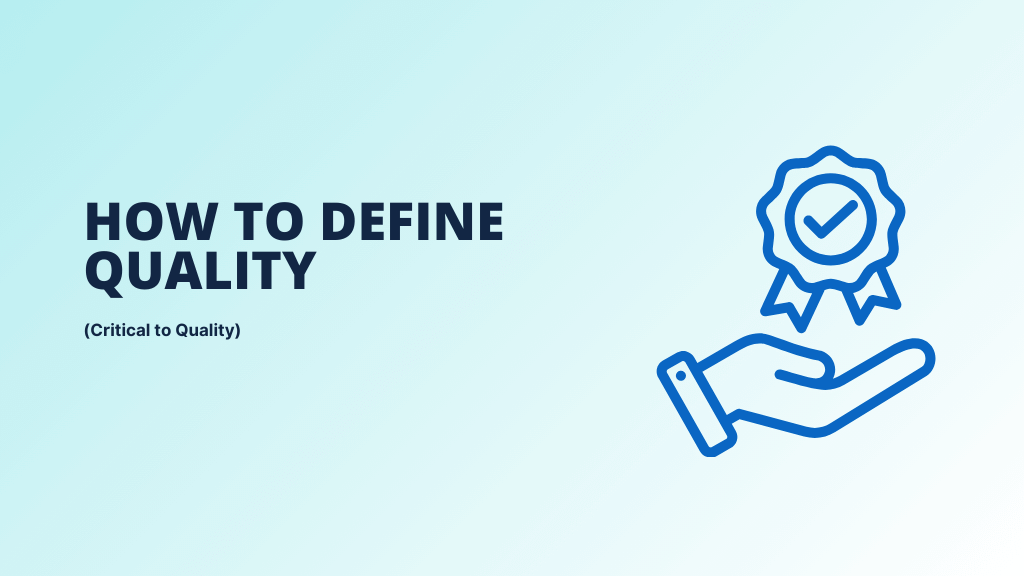Benchmarking is known as the best tool to improve the organization performance. Here you will know the details about how the benchmarking is the effective tools in quality improvement.
First the concept of benchmarking is popularized by Rank Xerox company in 1989. The company is using this concept to understand the gap in the market.
Basically, they found that copying machine selling price of the Japanese competitor is very low. The selling price of Japanese competitor is same as to make copying machine to Rank Xerox.
So they started to evaluate the Japanese Competitor. It was observed that the Quality of the Japanese copying machine is poor, but this is not the exact case to prove. Therefore it will come for exposure need for change.

Benchmarking is very effective quality improvement tool to boost the organizational performance by comparing the best practices by other organizations. This will be be basically lesson learnt from the other organizations experience.
So it has been defined in a number of ways (Adam and Vande Walter, 1995) including:
- Process for learning and identifying by world best practices.
- Search for and application of significantly better practices that lead to superior competitive performance, and
- Process of comparing two organizations and their businesses and their best practices to increase the performance.
Approach to Benchmarking
You will see the two type of approach, such as formal or informal benchmarking.
Informal Benchmarking
The informal benchmarking is carry out for below two forms:
- By contacting other organizations and get the ideas how they do improvements in their organization.
- Get the data from market about the competitors.
It’s non effective approach due to lack of clear objective and structure thinking.
Formal Benchmarking
There are three main types in the formal benchmarking:
Internal Benchmarking

This is easy and simple type. Which includes the benchmarking of functions within same group of companies. All the good practices and ideas shares between the companies across the corporates.
Competitive Benchmarking

This comes with comparison between the direct competitors who provides similar products, processes and services in the market. Its quite difficult to get data from competitor because of threat reason.
Functional/Generic Benchmarking

‘Functional’ relates to the functional similarities of organizations. And ‘generic’ looks at the broader similarities of businesses. In the functional benchmarking industries are similar with their functions. And the Generic benchmarking doesn’t applies to particular similarity. Generally It is easy to obtain access to other companies to perform such benchmarking.
Types of Benchmarking

In the competitive edge of business bench-marking allows to grow, adapt and overcome through the change. This methods to increase the organization performance using change in key business matrix, performance and compare this with the competitor business area around the world. There are five main types of benchmarking: internal, external, performance , practice (process ) and strategic.
Benchmarking Process

Planning
Planning is the key step in benchmarking. Therefore it includes what you needs to improve, Who will be the one example, and how you will process to get success.
Collection of Information
After planning, bench-marking is about gathering data in your processes and the way competitors do them. If you’re trying to improve your customer service satisfaction score it is best to understand the processes concerned in the department, how calls and communication are handled, and in addition the way it differs from your competitors. Possibly you may discuss to somebody in another call center , or name the middle straight to achieve first hand information of their processes. At this level, you will need to collect as a lot data as possible.
Analysis of Data
As soon as you are feeling you have all the data you may collect, you can begin to plot it and start to understand the shortcomings you’ll have. It is very important keep in mind at this point in the process that no company is perfect and you could have an open thoughts to have the ability to analyze data objectively. As soon as findings start to be get you may draft a report and begin discussing the following steps to realize higher efficiency on this area.
Action
Presenting findings to a department isn’t a simple thing, particularly when you’re proposing changes. Gathering and analyzing data is only worthwhile when you may implement changes and higher the corporate within the process. Gaining purchase from a department can contain concessions. So ensure that the report you present is accept and can possible equate to the success highlighted within the planning stage.
Monitoring
If you are any plan then the success of plan can only be measure by monitoring the results. What we achieved?.
In the implementation phase we have highlighted the goals and metrics for our success in a specific time frame. Therefore monitoring these goals and metrices is the only way to know the efficiency of change. Depends on require outcome the monitoring can be long term or short time period.

Ultimately , benchmarking is about being humble enough to admit that others are better at something and being wise enough to learn how match or even surpass them, at it.






